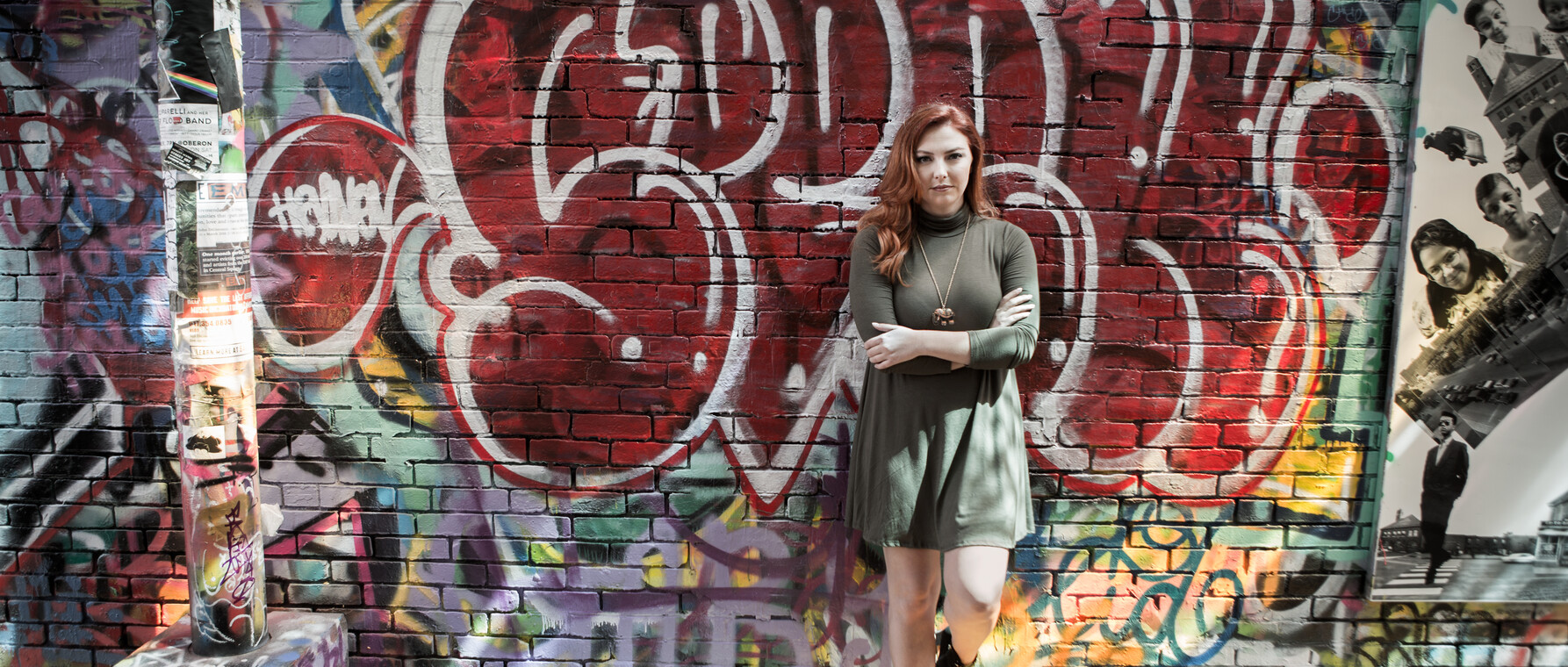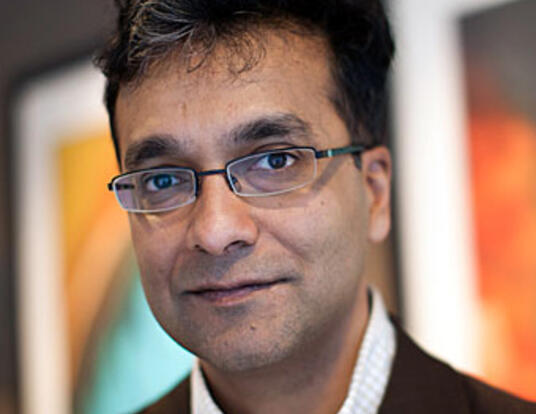Peace, Love, and Light
Preserving memorials that honor victims of violence

A few years before Freddie Gray’s death, Samantha Hawkins walked past a corner store near a Baltimore neighborhood center where she’d been volunteering. Overnight, in an impromptu memorial to a victim of violence, someone had spray-painted “RIP” and a name on the brick wall. Growing up in Ellicott City, Maryland, a leafy suburb 30 minutes from downtown, Hawkins knew about Baltimore’s high per-capita murder rate but had no personal connection to the violence that earned the city nicknames like “Bloodymore, Murderland.” More than 90 percent of Baltimore’s victims of violent crime are Black and live in the inner city.
Within hours of a shooting or stabbing, impromptu shrines—balloons, stuffed animals, photos, scrawled messages such as” death before dishonor” and “soldier from the cradle to the grave”—similar to the one Hawkins passed, materialize on Baltimore’s streets. Hawkins, now a PhD candidate in anthropology, believes these makeshift shrines and messages like the one on the corner store focus public attention on individual deaths more viscerally than a passing mention in The Baltimore Sun.
In February, Hawkins won a $25,000 National Science Foundation (NSF) grant to analyze and document inner-city memorials in Baltimore. Working with her advisor Laurence Ralph, professor of African and African American studies and of anthropology, Hawkins is using the city as a case study to better understand the underpinnings of urban violence.
“If you were constantly seeing memorials on the same bridge where people were constantly dying in car accidents, one would think that there needed to be rethinking about the quality of the bridge, or the relationship between the bridge and the road, or an investigation into whether there’s a blind spot,” Ralph says. “By shedding light on the Baltimore memorials and the way they occur, this research has the potential to point to the structural issues underlying incidents that lead to memorialization.”
Giving Voice to Stories
The first time Hawkins, then a college student, walked to the St. Francis Neighborhood Center—she would spend hundreds of hours there over two years tutoring and mentoring, playing kickball in vacant lots, and establishing a food program for low-income families—two girls jumping rope outside stopped to contemplate her. “You must be a volunteer,” one observed.
Being called out as an outsider gave her pause. Later, when she started seeing coworkers—and kids—wearing T-shirts or tattoos commemorating friends and family who had died violently, the epitaphs made her wonder: Whom does society value? Who is worthy of remembrance, and how and why are they remembered?
At the point in history that spawned the Black Lives Matter movement, Hawkins wants to illuminate how Black death matters. “There are so many different ways all these acts of violence are being remembered or commemorated, if they are being remembered or commemorated at all,” she says of recent instances of racially motivated attacks on African Americans. By documenting how victims are remembered in death, she says, she’s providing evidence of who matters in life.
The street memorials she documents are sources of ongoing tension between Baltimore officials and residents. Many consider the memorials vandalism, an eyesore detrimental to property values. “The way memorialization happens in Baltimore is very disruptive,” Hawkins says. “My job as an anthropologist is to give voice to other people’s stories, and work with them in a collaborative way to get their experience heard. Because for the longest time, it has been silenced, or painted over, or whitewashed.
“Nobody would dig up a tombstone and take it away,” she says.
Using software called NVivo, she codes and documents the memorials’ colors, materials and objects, as well as observers’ reactions. She looks for patterns in words, themes, neighborhoods. “My interest is the people who are making these memorials, and the people who are seeing them and engaging with them,” she says. “I do a lot of participant observation. I do tons of interviewing.”
Straddling Two Worlds
Hawkins’ LinkedIn profile lists her academic accomplishments: undergraduate degree magna cum laude, governor’s citation for volunteerism, a fellowship at Harvard’s Derek Bok Center for Teaching and Learning. Then there are the pageant titles.
At 19, Hawkins entered a beauty pageant on a whim. While at the University of Maryland, Baltimore County, where she majored in cultural anthropology and visual research methodology, she was named first runner-up to Miss Maryland. At the competition, she played an arrangement from Pirates of the Caribbean on the piano and strutted the stage in a bikini and high heels. She also talked about the inner-city poverty she’d witnessed.
In 2015, during her second year in the Harvard doctoral program, Hawkins tutored homeless kids in Cambridge and taught low-income parents techniques to help their children advance academically. In a bid to represent Massachusetts in the national competition, she entered the Miss America pageant (not affiliated with President Trump’s Miss USA event) as Miss Cambridge. She was voted second runner-up.
A professional modeling agency website lists her stats: 5’6”, size 2, red hair and green eyes. In her portfolio pictures, she looks Vogue-ready, windblown, pouty. In person, Hawkins wears no makeup. She dashes into a coffee shop in a Harvard sweatshirt, jeans and flats, fretting about traffic and parking. Hawkins laughs when I bring up the pageants. She gets asked about them a lot. “I ended up getting almost $17,000 in scholarship money,” she says. “This laptop was paid for by scholarship money.”
How are people finding ways of generating love and light and happiness—and activism—out of this trauma?
How does she reconcile the glitz of pageants with the grit of urban violence? She does this, in part, by casting an anthropologist’s eye on pageants’ loaded assumptions about gender, sexuality, class, and race. In January 2017, Hawkins taught a Harvard class called “Competitive Beauty: Exploring Gender, Race, and Nationalism through Pageantry.” Among the topics covered were “the value and meaning of beauty and femininity,” and “how the interplay between national identity and beauty plays out on the female body.” Pageant titleholders attending as guest speakers were “interrogated,” Hawkins says, on what inspired them to compete and their views on empowerment and objectification.
Clear Messages
When Hawkins first opted to enter a pageant, she chose cultural diversity as her platform. An advisor tried to dissuade her, telling her, “You’re a white woman. Nobody’s going to believe you.” Hawkins persisted. Now, as she works in a primarily Black neighborhood, she feels welcomed by her “informants,” as she calls them— friends and family of the deceased, police officers, funeral home directors, community activists, graffiti artists—who lead her to Baltimore’s makeshift memorials. “I have my informants tell me what is visible to them that I’m not seeing,” she says.
Ralph notes that in anthropological field work, there’s often a connection between who you are and what kind of information you get. The anthropologist doing this work has to be “extremely empathetic, caring and respectful” of the memorial sites, he notes. “I think Samantha has all the qualities to do a great project.”
Hawkins hopes to create a means for Baltimoreans and others to access her data, perhaps through an online interactive oral history of acts of violence and resistance. On Hawkins’ laptop, we scroll through images of street memorials, including one on a brick building on Presbury Street where, on April 12, 2015, 25-year-old Freddie Carlos Gray, Jr., was shoved head-first into a police van.
“How are people finding ways of generating love and light and happiness— and activism—out of this trauma?” she asks. On the building, a street artist has painted a blue cloud with white wings. A gold halo envelops Gray’s name in ebullient script. “I don’t think the Freddie Gray memorials will ever be taken down,” Hawkins says, then falls silent. After a moment, she looks up. “There’s something good coming out, right?” she says of Gray’s death and all the others memorialized on city streets.
Photographs by John Soares
Get the Latest Updates
Join Our Newsletter
Subscribe to Colloquy Podcast
Simplecast





